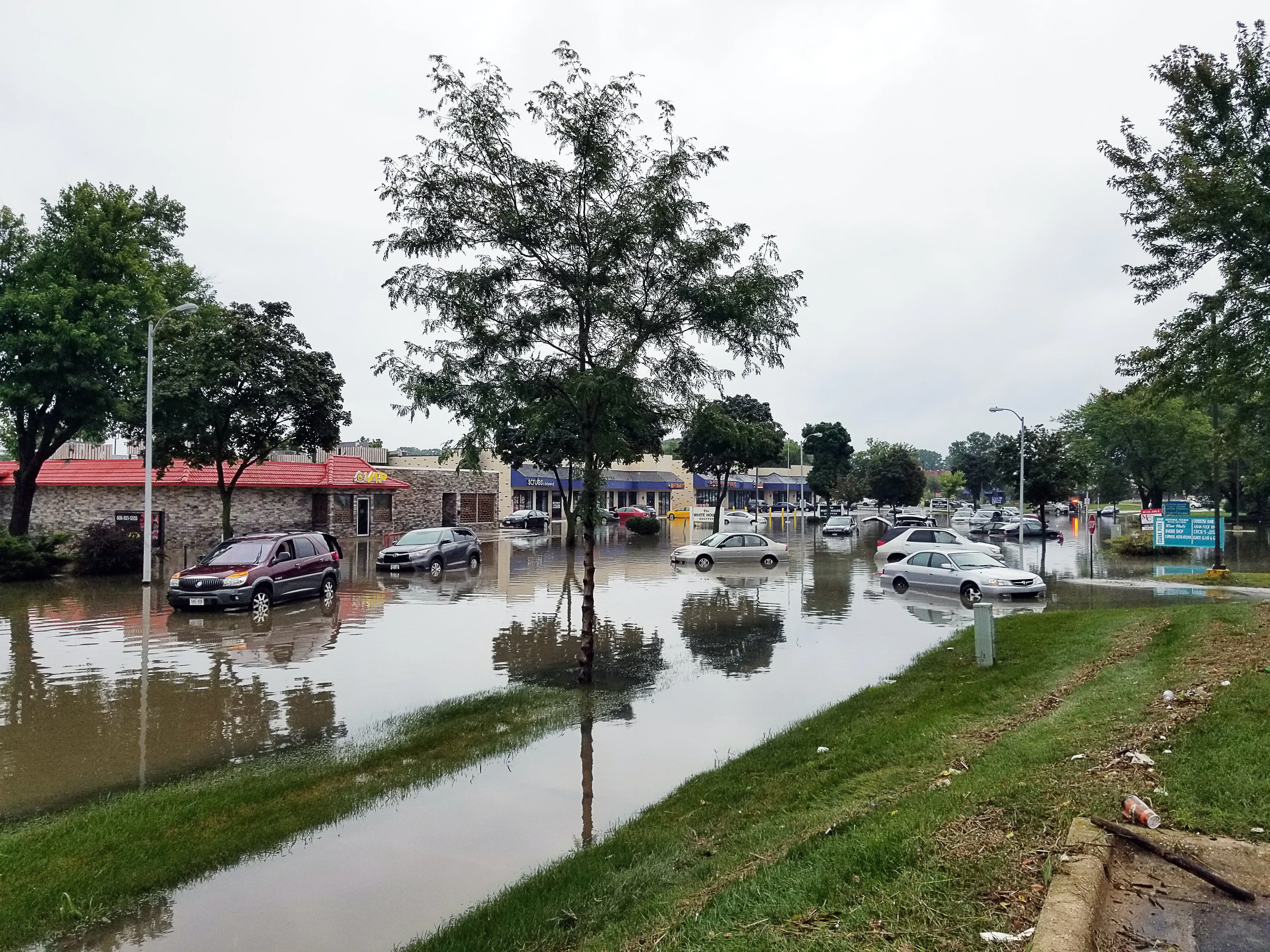
Urban Survival: Navigating Disasters in the City
While the wilderness often comes to mind when we think of survival scenarios, the reality is that many of us live in bustling urban environments. Cities present their own unique challenges during disasters, from navigating densely populated areas to dealing with infrastructure breakdowns. This guide will help you understand and prepare for the hurdles of urban survival.
The Challenges of Urban Survival
Urban environments, with their high population density and reliance on complex systems, can quickly become chaotic during a disaster. Some challenges include:
Limited Resources: In a city, resources like food and water can become scarce rapidly.Infrastructure Failures: Power outages, water supply disruptions, and transportation breakdowns are common.Crowds and Panic: Large groups of people can lead to stampedes, looting, and increased danger.
- Limited Resources: In a city, resources like food and water can become scarce rapidly.
- Infrastructure Failures: Power outages, water supply disruptions, and transportation breakdowns are common.
- Crowds and Panic: Large groups of people can lead to stampedes, looting, and increased danger.
Essential Urban Survival Skills
To navigate the urban jungle during a crisis, you'll need a specific set of skills:
- Finding Water: Learn to identify potential water sources in the city, such as rainwater collection, water heaters, and public fountains. Always purify water before consumption.
- Makeshift Shelters: Understand how to create temporary shelters using materials like tarps, blankets, and cardboard. Abandoned buildings can also serve as shelter, but always ensure they're safe.
- Staying Safe in Crowds: Avoid large gatherings and stay calm. If caught in a stampede, move diagonally to the crowd's direction to find an escape route.
Navigating the Urban Landscape During a Disaster
- Safe Zones: Identify areas in your city less likely to be affected by specific disasters. For instance, avoid low-lying areas during floods.
- Danger Areas: Stay away from places that might attract looters or become hazardous, like shopping centers or gas stations.
- Escape Routes: Familiarize yourself with multiple routes out of the city. Avoid main roads that might be congested and consider alternative methods like bicycles or even on foot.
Building an Urban-Specific Emergency Kit
In addition to the basic emergency kit items, consider adding:
- Dust Mask: To help filter contaminated air.
- Crowbar or Pry Bar: Useful for gaining access to buildings or clearing debris.
- Compact Water Filter: For purifying water from urban sources.
- Noise-Canceling Earplugs: To block out loud city noises and help with sleep.
- Local Maps: Highlighting escape routes, water sources, and safe zones.
Case Studies: Real-Life Examples of Urban Survival During Disasters
- The 2011 Tokyo Earthquake: Residents had to walk long distances home due to transportation shutdowns. Many used social media to communicate and find safe routes.
- Hurricane Katrina in New Orleans, 2005: The importance of heeding evacuation orders was highlighted, as many who stayed behind faced severe challenges in the flooded city.
Urban survival requires adaptability, resourcefulness, and a keen understanding of your surroundings. By preparing in advance and staying informed, you can navigate the complexities of city life during a disaster and ensure the safety of yourself and your loved ones.
